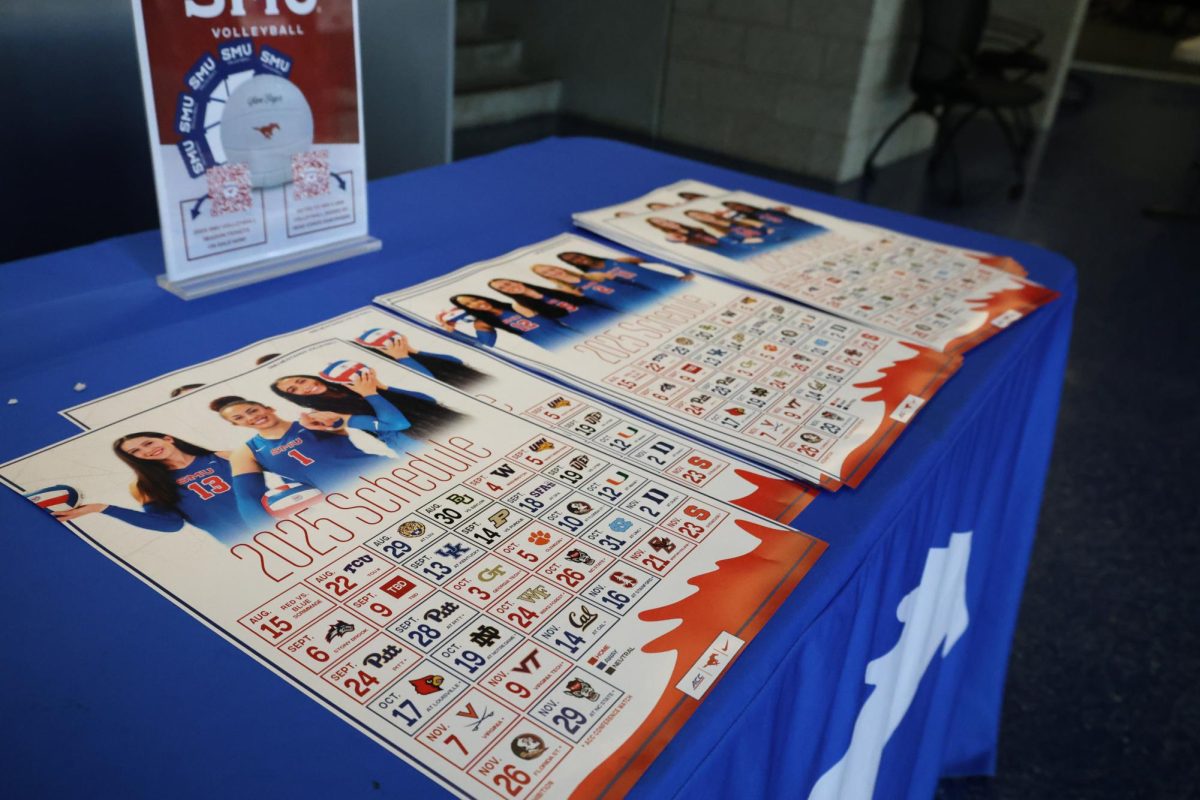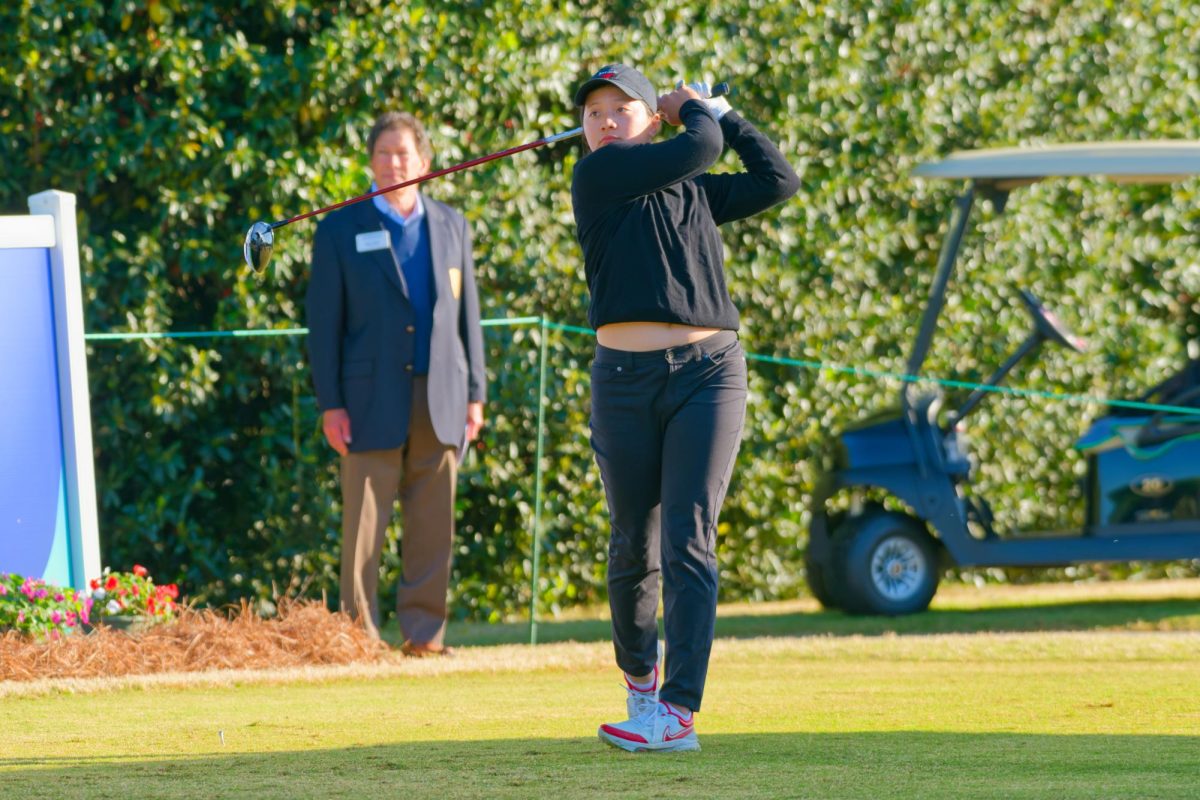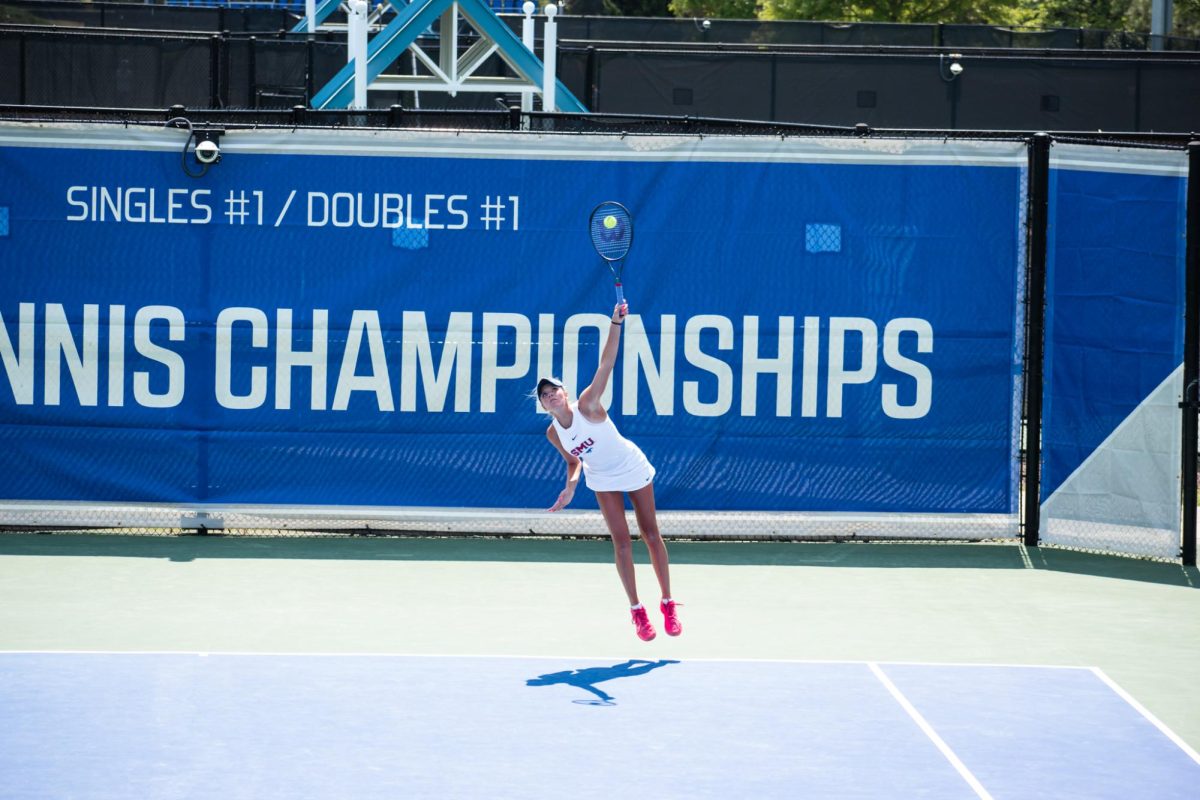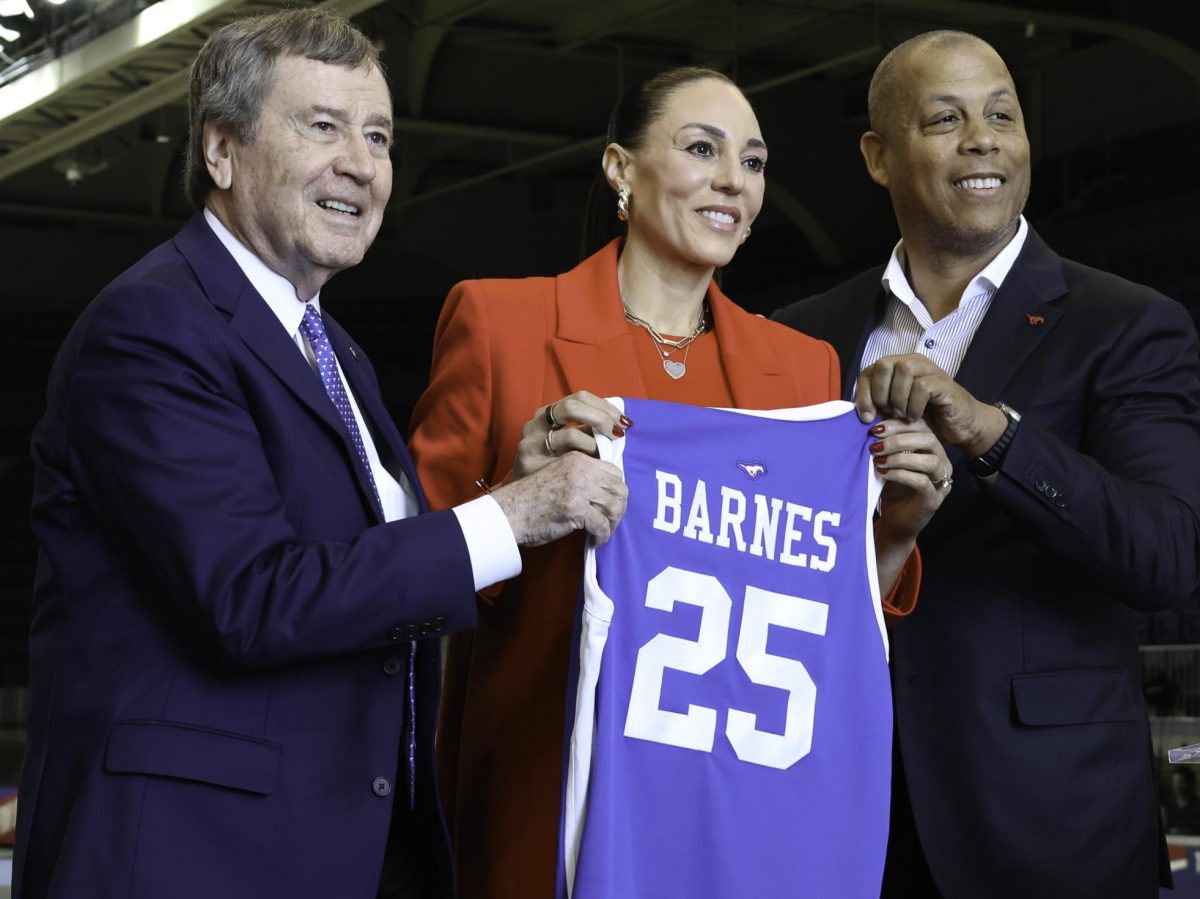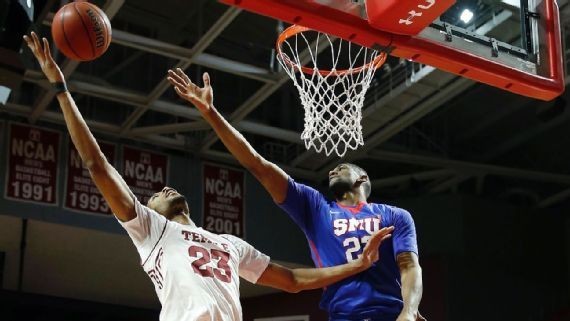
Shake Milton hunched into his defensive stance on the three-point line, his left foot slightly in back of his right to guard against a drive and his right hand extended outward to contest a three-point shot. Temple guard Devin Coleman stood a foot and a half in front of him, ball in hand. Coleman quickly faked a drive, rose up and fired a three-pointer over Milton’s outstretched hand. Splash. His sixth make in as many attempts extended Temple’s lead to 14 with 7:41 to go, just two minutes after SMU whittled the deficit to five.
SMU allowed Temple to shoot threes from the get-go, and a lot of open ones. The Mustangs held a small lead for the first nine minutes, but mistakes allowed Temple to build a 10-point halftime lead. Turnovers on SMU’s own side of the court led to easy transition layups and open three-point looks. Twice Temple found an open shooter out of a timeout. The Owls entered the game shooting only 31 percent on threes, but SMU seemed content to let them fire away from deep, hoping the law of averages would kick in.
It didn’t. Temple’s three-point numbers weren’t impressive coming in, but any high-major team will make open threes if given enough of them. Temple is a streaky team, even during the course of a game, but entering halftime with shooting momentum goes a long way. The Owls made contested shot after contested shot in the second half. Larry Brown moved big men Markus Kennedy and Jordan Tolbert out to the perimeter to create a tougher mismatch for Temple’s shooters. It didn’t matter. Coleman hit threes over Kennedy and Tolbert on his way to a 23-point day in which he didn’t miss a shot.
Giving up open looks from deep isn’t a new issue for SMU. Its opponents score 38 percent of their points on threes, the third-highest percentage in the nation. Last season, opponents scored nearly 40 percent of points from three-point land, the highest such mark in the nation.
Yet it has been a survivable issue. SMU has allowed at least nine made threes seven times this year. It won the first six such games by an average of 12.7 points per game. But SMU didn’t have 14 turnovers, miss 10 of its first 18 free throws and shoot 3-for-14 from distance in any of those games. SMU is a good enough team to win when it allows a lot of threes and good enough to win without relying on the three-pointer. But overcoming three-point barrages is hard with so many mistakes, especially when an opponent has a career day as Coleman did.
Fran Dunphy’s team was disciplined and better than SMU in just about every area, and SMU could not do anything about it. It’s a surprise considering the deficits SMU has overcome as of late and the adversity it has faced. The team has six days off before a home date with Memphis, an even worse three-point shooting team than Temple. But as Sunday showed, SMU can’t underestimate anyone.



